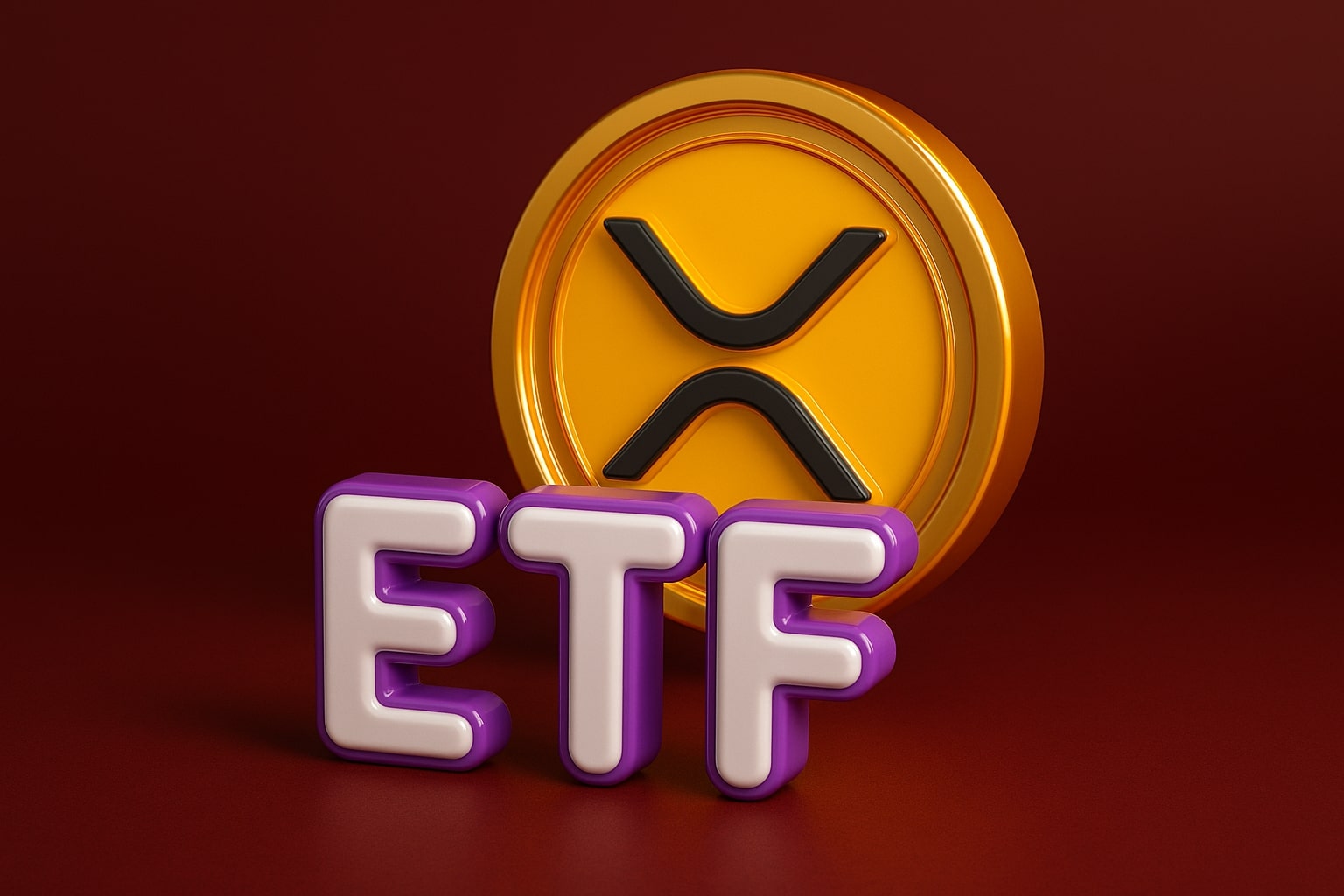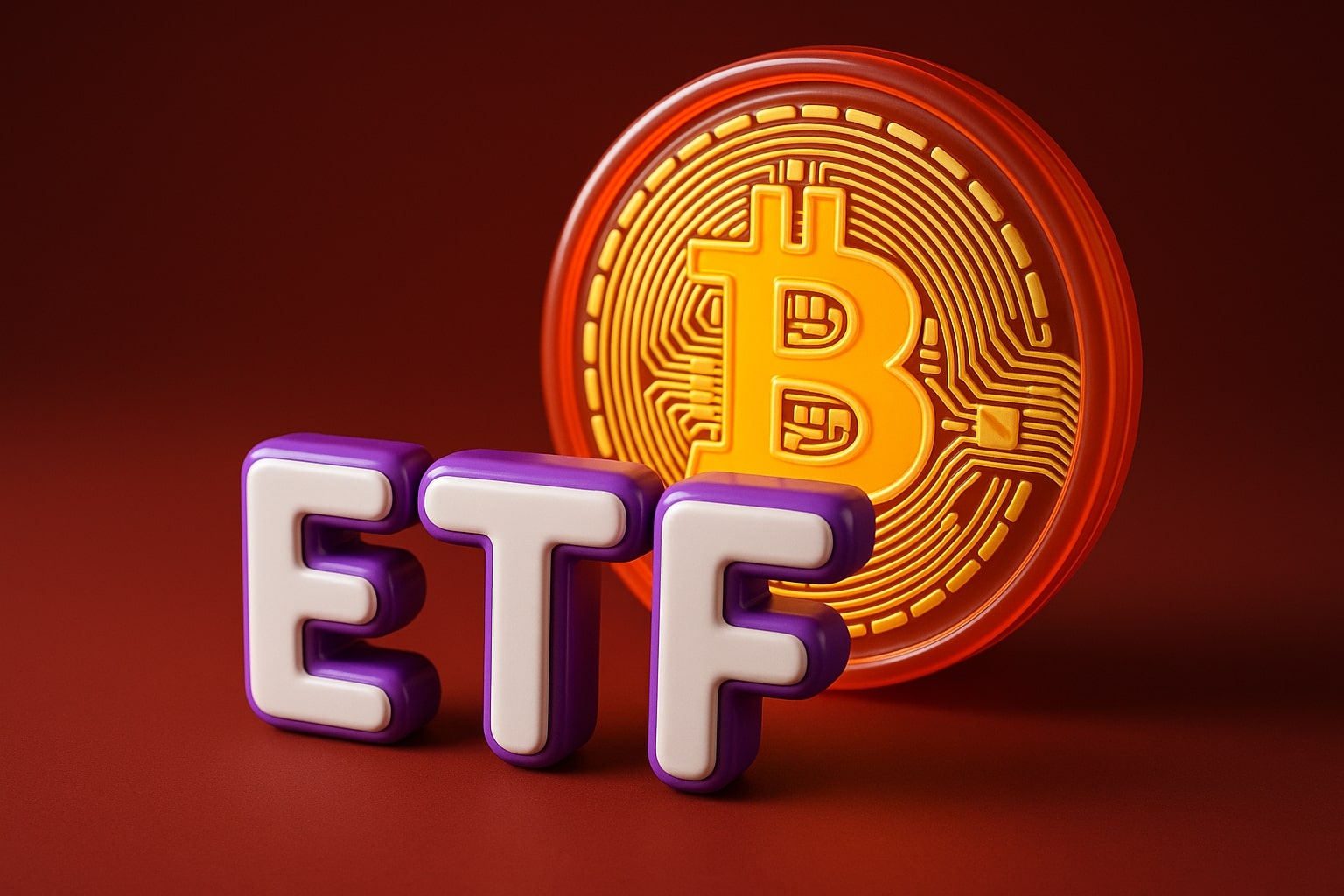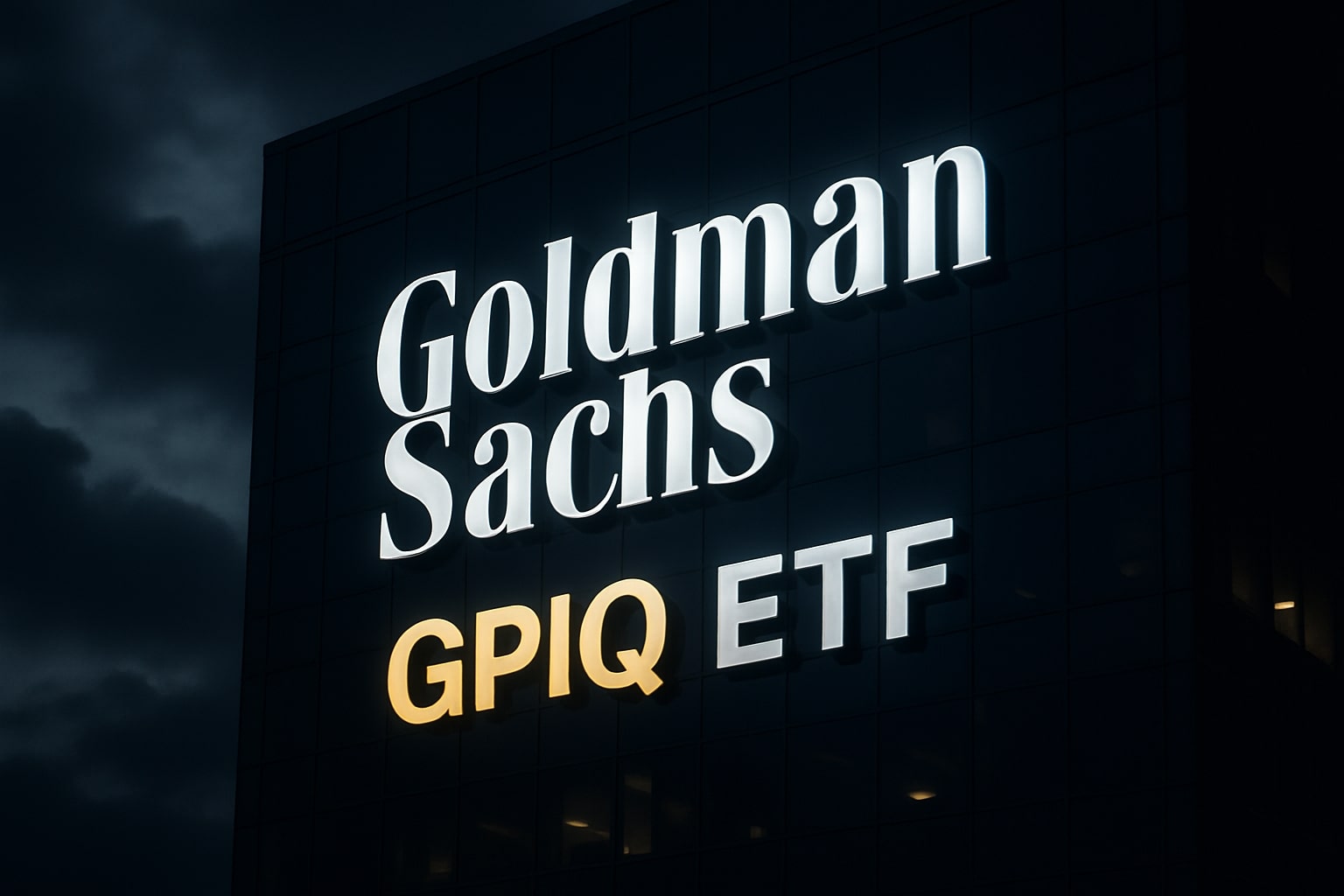
Bitcoin Price Forecast - BTC-USD Stabilizes at $87,500 After 36% Drop as Market Awaits Fed Decision
BTC faces tight range between $86,000 and $90,000 amid falling ETF inflows, mixed sentiment, and rising volatility. Fed policy and year-end liquidity shifts now drive the next breakout direction | That's TradingNEWS
Bitcoin (BTC-USD) Stabilizes Near $87,500 After 36% Correction as Market Awaits a Catalyst
Bitcoin (BTC-USD) trades around $87,500, consolidating after a sharp 36% correction from its all-time high of $126,199 in early October. Price movement remains confined between $85,900 and $89,000, forming one of the tightest ranges in recent months. The market is locked in a phase of exhaustion versus accumulation, with spot volumes, derivatives activity, and on-chain data signaling indecision rather than collapse.
Institutional Activity in Bitcoin ETFs Shows Clear Hesitation
Flows into U.S.-listed spot Bitcoin ETFs reveal a cautious tone among institutional investors. Data from SoSoValue indicates alternating inflows of $151.08 million on Monday and $128.64 million on Tuesday, confirming inconsistent appetite. Average daily volumes have dropped below $40 million, far below the Q3 average of $250 million, reflecting defensive positioning as year-end approaches.
According to CoinGlass, Bitcoin remains down 20% in November, marking its weakest monthly performance since 2018. Historical data shows that every red November has been followed by a subdued December. Despite this weakness, AI-based models by Timothy Peterson suggest that the bottom is either already in or forming this week, with an 85% probability BTC finishes above $84,500 by year-end and a less than 50% chance of reclaiming $100,000 in 2025.
Derivatives and Options Reveal a Structured but Limited Bullish Outlook
On the Deribit exchange, three large block trades totaling about 20,000 BTC were executed in a long-dated call condor configuration spanning strikes between $100,000 and $118,000. This reflects expectations for Bitcoin to climb into the upper range without breaking beyond it.
Wintermute trader Jake Ostrowski highlights that call options continue to cheapen while put skew remains elevated, showing high demand for downside protection. He identifies three key signs that a local bottom is near: falling implied volatility, a shift back to contango in the term structure, and a return to neutral call-put sentiment. None have yet aligned fully, suggesting more consolidation before a sustainable uptrend.
Technical Picture: Bitcoin Defends $86,000 but Faces Resistance Below $90,000
Bitcoin continues to defend the $86,000 support level, with resistance emerging at $89,000 and a critical ceiling near $90,000. The RSI stands near 31, slightly above oversold territory, while MACD histograms are contracting, hinting at reduced bearish pressure.
Momentum indicators remain weak. The Stochastic Oscillator sits around 27, and the CCI is at −79, reflecting low enthusiasm. Moving averages confirm the bearish structure, with the 10-day EMA at $89,021, 50-day EMA at $101,138, and 200-day SMA at $109,968 — all sloping downwards. Bitcoin needs a clean break above $90,000 with volume expansion to shift momentum toward recovery. A failure to hold $86,000 risks exposing the $83,000–$80,000 range.
Macro Forces: Fed Policy, Dollar Weakness, and Liquidity Rotation
Macroeconomic indicators show conflicting influences. The market expects an 85% probability of a Federal Reserve 25-basis-point rate cut in December, a move that could ease real yields and support risk assets like BTC-USD. The Dollar Index (DXY) has fallen to 97.0, a mild tailwind for crypto, but Treasury yields remain near 4.02%, still competitive versus non-yielding assets.
Capital flows continue favoring equities, especially AI-related names such as NASDAQ:NVDA, NASDAQ:GOOGL, and NASDAQ:META, diverting speculative liquidity from Bitcoin. Until rate policy or liquidity shifts decisively, BTC will likely remain tied to equity market sentiment.
On-Chain and Sentiment Indicators Point to a Transitional Market Phase
Active addresses remain flat near 870,000, showing muted network activity. Transaction fees are low, indicating calm on-chain conditions. The Fear & Greed Index has fallen to 47, reflecting cautious investor psychology.
Despite subdued activity, leveraged positioning is leaning bullish. The long-to-short ratio on Binance has surged to 3.8, showing traders continue to anticipate a rebound. On-exchange reserves are decreasing, signaling coins moving to cold storage — a historically bullish sign.
Large holders have eased selling pressure following October’s forced liquidations tied to Mt. Gox repayments and German government sales, suggesting capitulation may be behind the market.
Cross-Asset Correlation Shows Weakness but Hints at Opportunity
Research from K33 shows BTC has underperformed the NASDAQ (QQQ) in 21 of the last 30 sessions, its longest stretch since mid-2024. Similar underperformance phases in 2020, 2021, and 2022 were followed by strong rebounds once correlation cycles reset.
Bitcoin’s correlation coefficient with the Nasdaq sits near 0.84, meaning BTC still mirrors risk-asset behavior but with deeper drawdowns and weaker recoveries. Analysts view this as temporary deleveraging. BTC’s relative strength ratio versus QQQ at 143 — the lowest since November 2024 — signals undervaluation compared to tech equities, presenting a strong case for long-term accumulation.
Psychological Levels and Market Triggers into December
The $100,000 mark remains the key psychological barrier. The heaviest options concentration sits between $100,000 and $118,000, showing traders expect gains to stall there. Breaking above $95,000 could trigger a short squeeze toward that zone, while losing $86,000 risks revisiting $80,000 support.
The Federal Reserve’s mid-December policy meeting, coupled with CPI and employment data, will likely define the next macro direction. Traders agree that BTC’s next major move depends on the Fed’s tone — dovish guidance could reignite flows, while a neutral stance may prolong consolidation.
Read More
-
GPIQ ETF (NYSEARCA:GPIQ) Hits $52.97 as 9.8% Yield and $2.21B AUM Cement Its Lead in Covered-Call Income ETFs
26.11.2025 · TradingNEWS ArchiveStocks
-
XRPI and XRPR ETFs Hit $586M Inflows as XRP Price (XRP-USD) Holds $2.22 and Eyes $2.50–$4.50 Upside
26.11.2025 · TradingNEWS ArchiveCrypto
-
Natural Gas Price (NG=F) Futures Surge to $4.60 as Cold Weather, LNG Exports Tighten U.S. Market
26.11.2025 · TradingNEWS ArchiveCommodities
-
USD/JPY Price Forecast - (JPY=X) Holds 156.50 As BoJ Tightening Talk and Fed Cut Bets Reshape Currency Outlook
26.11.2025 · TradingNEWS ArchiveForex
Market Rotation: Bitcoin Pauses as New Projects Capture Retail Attention
While BTC-USD trades sideways, speculative interest is shifting toward new blockchain projects such as Remittix, whose wallet launch this week drew thousands of users. This reflects a familiar pattern: during Bitcoin stagnation phases, liquidity rotates into high-momentum altcoins before eventually cycling back into BTC once volatility compresses.
Historical Context and Forward Scenarios
CoinGlass data shows that when BTC drops 20% or more in November, subsequent months tend to recover modestly, averaging 5% in December and 18% in Q1. AI models by Timothy Peterson forecast a gradual recovery through late 2025, with a low probability of retesting $100,000 this year but a strong likelihood of holding above $84,000.
Volatility compression, declining open interest, and flat funding rates all suggest that Bitcoin is coiling ahead of a large directional move within the next 30 days. Historically, such conditions have preceded breakouts with multi-month follow-through.
Strategic Outlook and Investment View on BTC-USD
Bitcoin’s current setup represents a phase of technical stabilization rather than weakness. The $86,000–$90,000 corridor will determine whether the next leg is expansionary or corrective. Short-term traders are defending support, mid-term investors are watching for a breakout, and long-term holders continue to accumulate.
Macro alignment, including rate-cut expectations and moderating yields, supports a slow but constructive recovery into early 2026. Without a sharp surge in ETF inflows or new corporate allocations, price action will likely stay methodical rather than parabolic.
Verdict: HOLD / ACCUMULATE
BTC-USD remains technically compressed but fundamentally strong. Data supports maintaining or gradually increasing exposure. A breakout above $90,000 confirms renewed bullish control with targets at $95,000–$100,000. A drop below $86,000 risks further retracement to $83,000, but downside appears limited. Bitcoin is positioned for a gradual, volatility-driven recovery as markets approach 2026

















